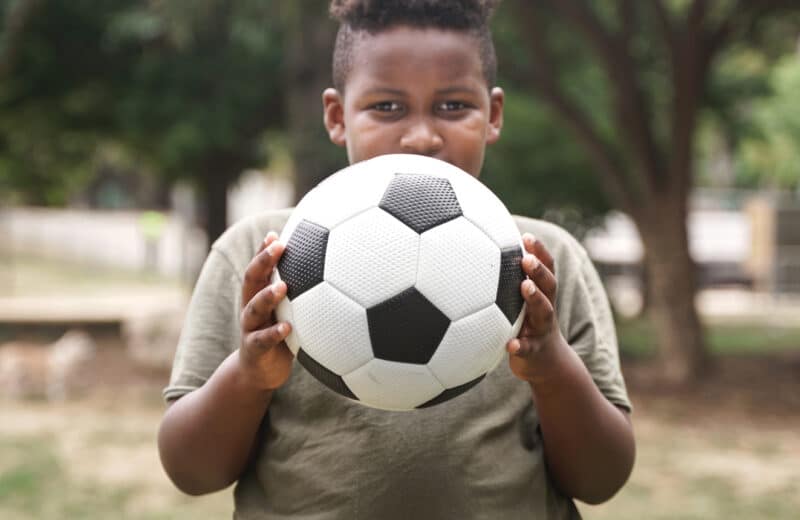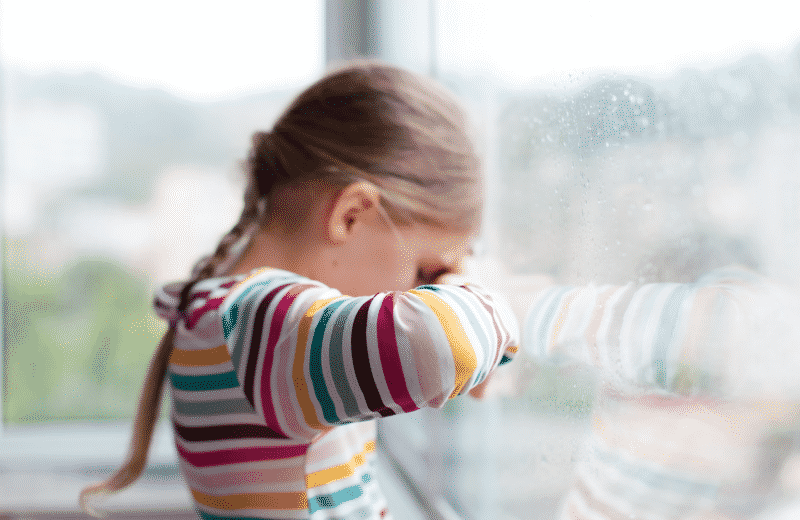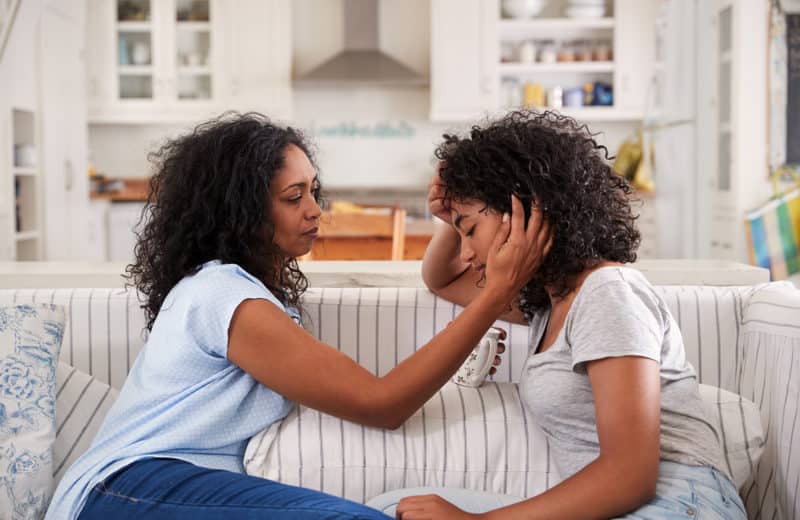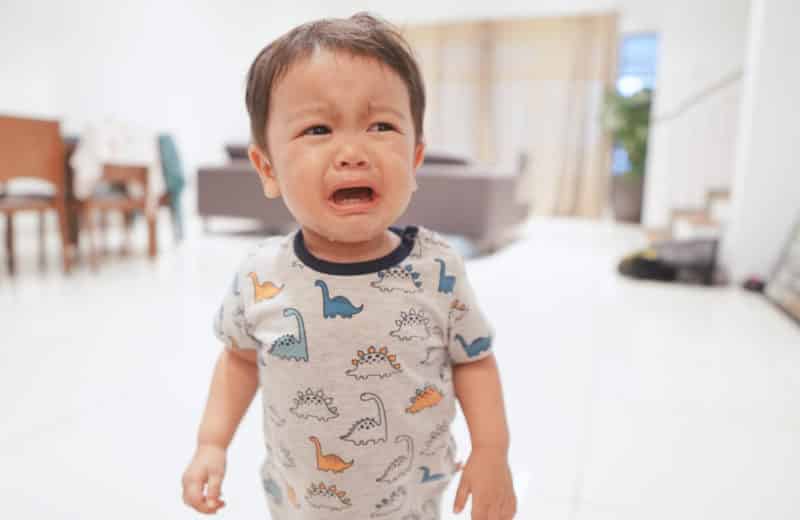By Sue Hubbard, M.D., www.kidsdr.com
Wow! I just had a very busy week in the office, and while I was on call in the evening. The biggest problem right now seems to be allergies.
While some parts of the country are still experiencing cold, many areas are warming up, and trees and grasses are starting to release their pollen. My own back yard is covered in yellow oak tree pollen, some of it so thick it looks like tumbleweeds. This can’t be good for anyone!
While I’m finally seeing fewer children with the upper respiratory infections common in winter, the allergy season is looking wicked this year. Seasonal allergies due to pollens from grasses and trees are typically not seen in children until they’re over 24 months old.
At times, it’s difficult to distinguish the last of the cold viruses from early allergy symptoms, but a child’s medical history is important, as well as any family history of allergies.
The good news is, there are a lot of medications available to help relieve the symptoms of itchy eyes, scratchy throat, cough and drippy nose. While non-sedating antihistamines like Claritin, Zyrtec and Allegra have been available over the counter for quite some time, intra-nasal steroids are now available, as well.
Intra-nasal steroids are one of the mainstays of allergy treatment, as they are a preventative medication. When used on a daily basis, they help prevent the “allergic cascade” that occurs when you inhale all of those pollens blowing in the wind.
These products work best when used every day for the duration of allergy season, which is really dependent on where you live. Allergy sufferers in the Northeast will typically have symptoms later in the spring/summer than those in the sunbelt.
You can now pick up Flonase and Nasacort over the counter and use them daily, even for children. Make sure to aim the spray toward the outer side of the nostril and not toward the nasal septum (middle). This will allow the steroid spray more coverage, as well as to try and help nosebleeds, which can be a side effect of a nasal steroid spray.
Lastly, with some many kids playing outside in the “yellow mist” of pollen, make sure to bath/shower them and wash their hair when they come in. This will help reduce some of the itching and rubbing of their eyes and nose, too.
(Dr. Sue Hubbard is an award-winning pediatrician, medical editor and media host. “The Kid’s Doctor” TV feature can be seen on more than 90 stations across the U.S. Submit questions at http://www.kidsdr.com. The Kid’s Doctor e-book, “Tattoos to Texting: Parenting Today’s Teen,” is now available from Amazon and other e-book vendors.)













